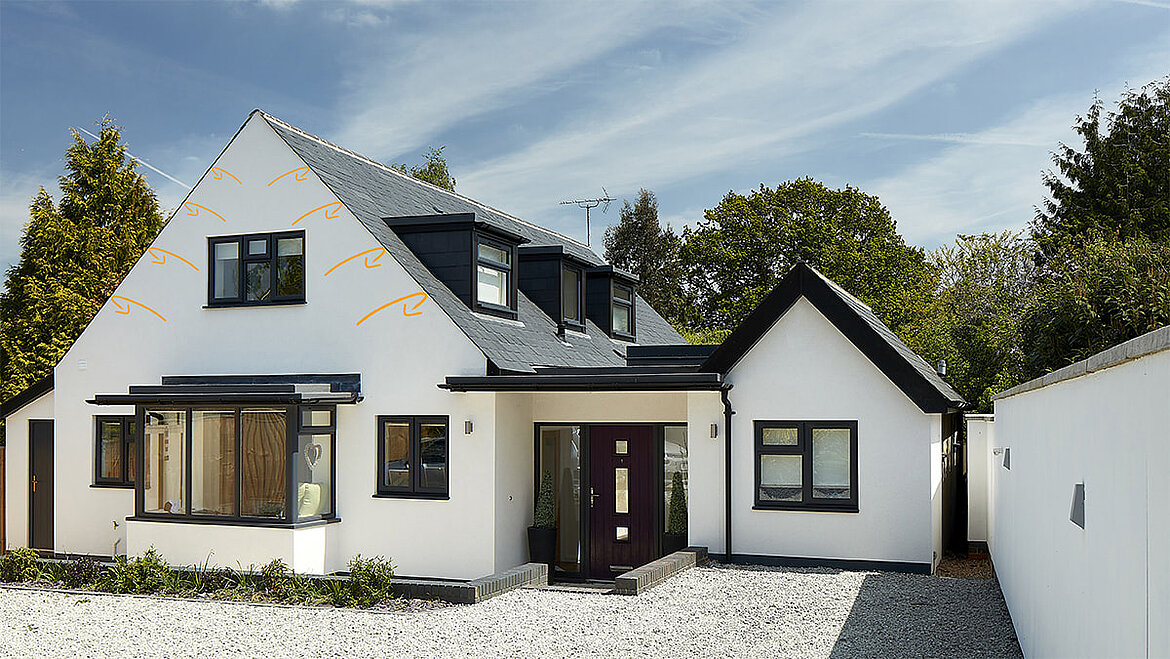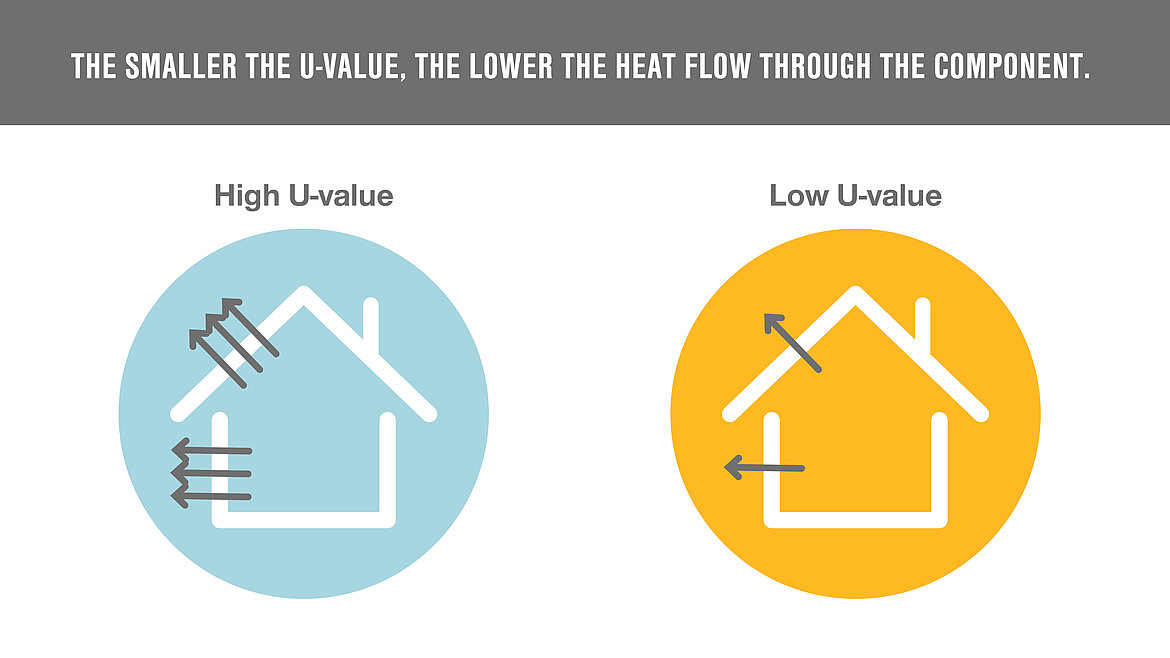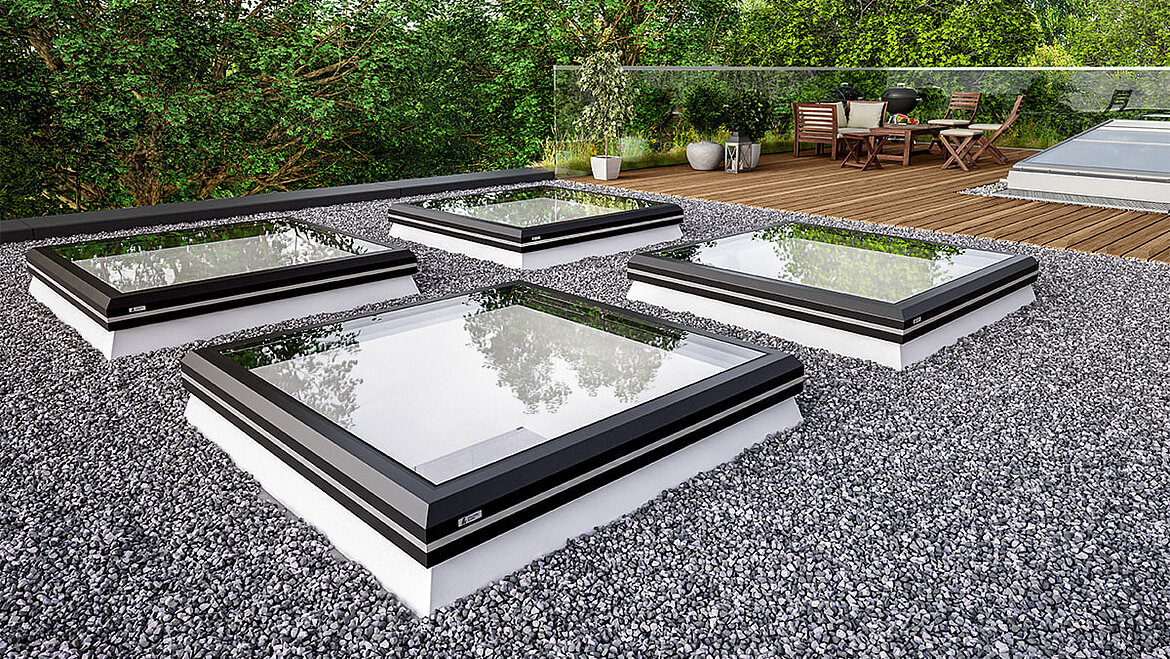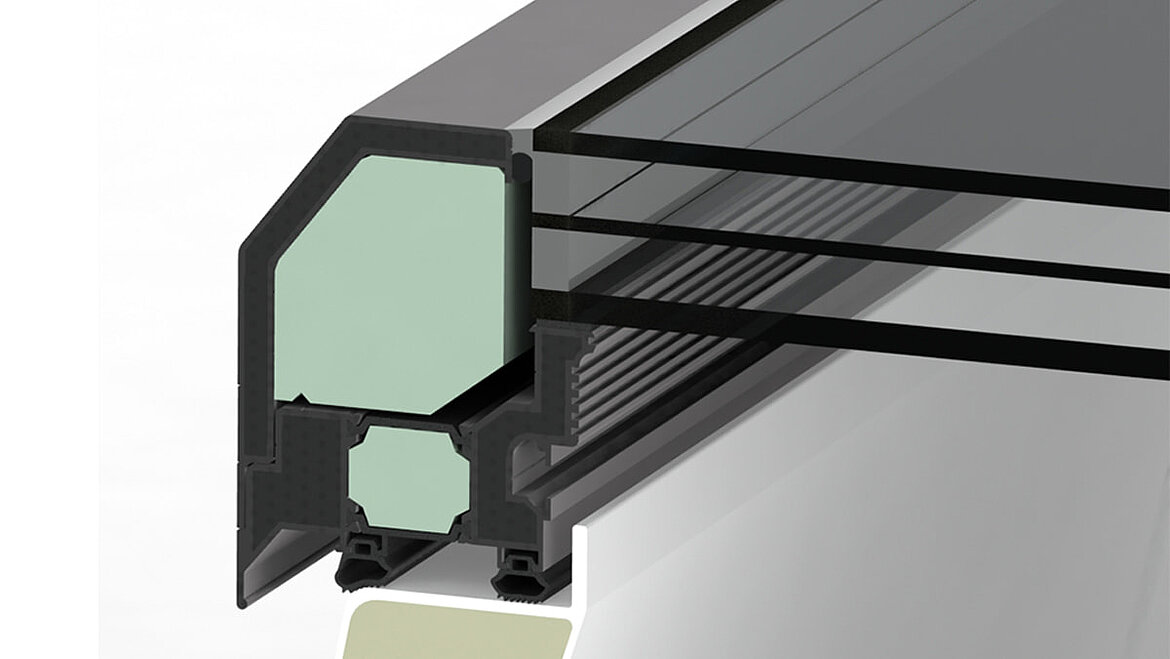Whether you are a home builder, technical student with a focus on energy or an architect with a renovation project. At some point you are confronted with technical terms and standards that need to be observed. Or simply influence the energetic characteristics of the building. The U-value – or heat transition coefficient – plays a major role here. But what exactly is the U-value?

"The heat transition coefficient or U-value (previously k-value) of a building component is a practical measure of its heat permeability on the basis of heat conduction".

And what exactly does that mean? The U-value indicates the heat flow through a building component depending on the temperature gradient between the warm and cold side in the unit W/(m²K). The unit describes the energy per square meter flowing through in Kelvin.
The insulation properties of a building component can therefore be read from this U-value. In practical terms this means: The lower the U-value, the better the insulating effect. Consequently only little heat gets lost through this component on cold winter days. The higher the U-value, the poorer the insulation effect. The building then loses more heat to the cold winter days.
To prevent planners, builders and homeowners from feeling completely lost and to give them some guidance, there is the German Energy Saving Ordinance (EnEV 2014). Since 1 May 2014, the EnEV 2014 has regulated requirements for building components such as roofs, facades and windows. From 1 November 2020, the EnEV will be replaced by the Building Energy Act (GEG), which combines the Energy Saving Act (EnEG), the previous Energy Saving Ordinance (EnEV) and the previous Renewable Energies Heat Act (EEWärmeG) into one modern law.
The U-value depends on the heat conductivity of the materials used, the heat transfer resistances and the geometry of the component. Materials have different heat conductivities. The heat conductivity of metal is good, whereas wood conducts heat worse. Plastic also has poor heat conductivity. Owing to this, it is not surprising that nowadays many materials used in construction are made of plastic, including windows, for example.
The Solution


LAMILUX Glass Skylights with genuine glass have a particularly low U-value. With a U-value of up to 0.68 W/(m²K) they even achieve passive house standard.
The second factor influencing the U-value are the heat transfer resistances. These are specified by standards and vary depending on the installation position of the component in question. Is the component installed above or below the floor? Is it installed horizontally or vertically? An example: The component in question is a window. Is this window integrated in the façade – i.e. installed vertically? Or is it integrated in the flat roof – i.e. installed horizontally? Since heat rises upwards, more heat tends to be lost in case of horizontal installation than in case of vertical installation.
The last factor influencing the U-value is the geometry of the component. Air can be used very well as thermal insulation because it conducts heat poorly. Consequently, window profiles, for example, which have several chambers, store more air and therefore lose less heat.
So let’s summarize again: The U-value indicates the insulation properties of a building component. The lower the U-value, the better. This is because the component emits very little heat to the outside – which conversely means a better energy balance.


